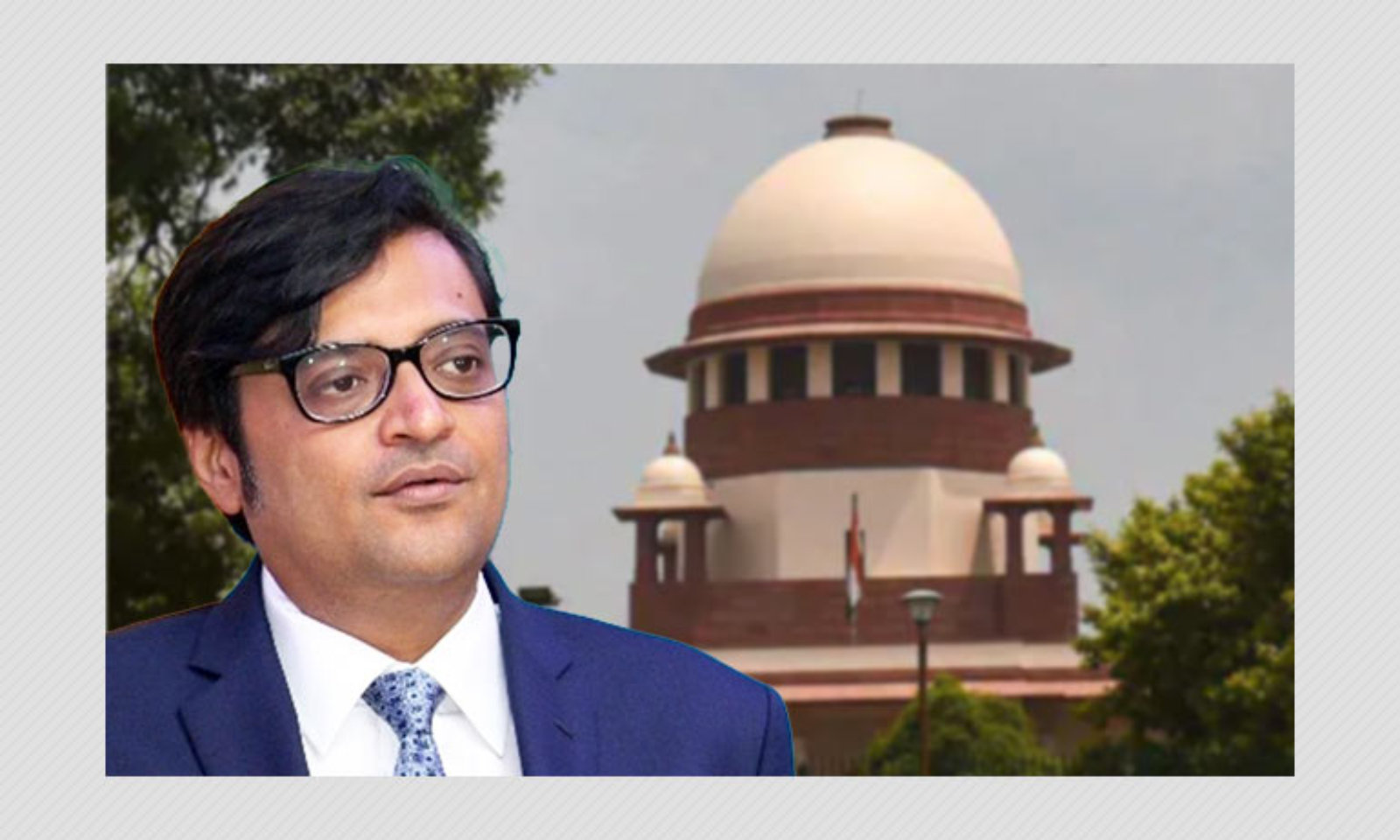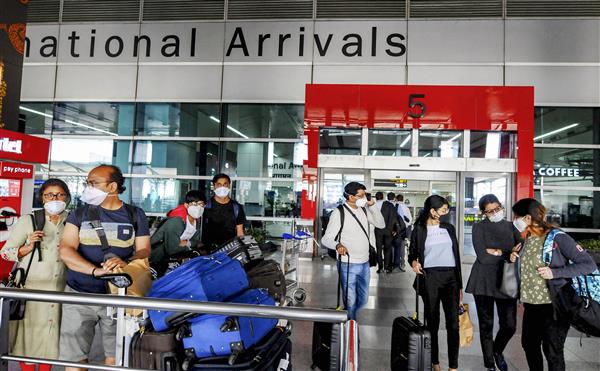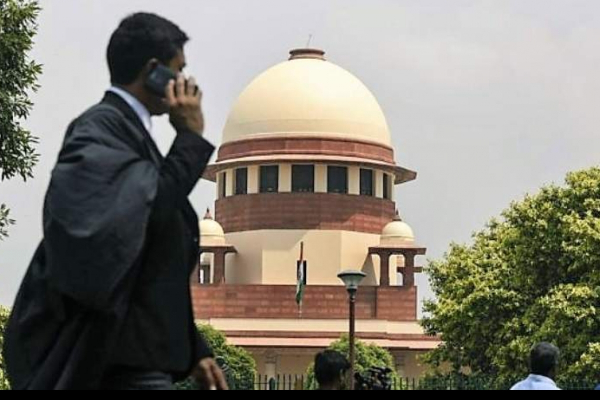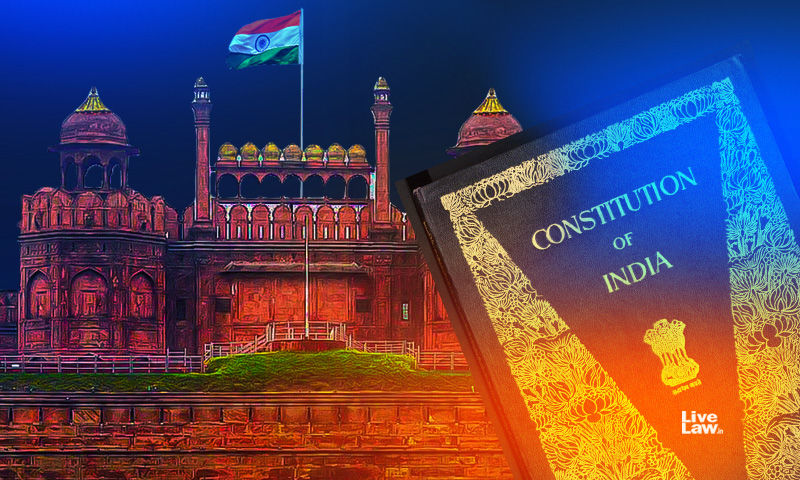India witnessed the arrest of Arnab Goswami, the visible and more importantly a rancorous audible supporter of BJP on television over a two-year-old suicide abetment case under section 306 of IPC. Siddique Kappan, another journalist from Kerala, was arrested when he went to report on the Hathras gangrape case in UP. The major difference between the two is that Goswami was released just after a week, at the order of the Supreme Court after a special sitting, where the case was presented by Harish Salve. On the other hand, after spending 49 days in a jail in UP, Kappan got to speak for just five minutes with his family over his phone. No bail has been ordered for him, which has led to his prolonged stay in jail.
The Supreme Court gave two diametrically opposite instances of judgments while hearing the cases filed by the lawyer of Arnab Goswami and the team of Kerala Union of Working Journalists on behalf of Kappan represented by Kapil Sibal. Both cases were effectively filed under the same Article 32, which allows for filing of writs. Arnab’s and Kappan’s teams had filed Habeus corpus writs for their respective litigants.
Indian Constitution empowers the Supreme Court and the High Courts to issue various Writs for the enforcement of the fundamental rights enunciated or conferred upon by the Part-III of the Constitution under Article 32 and Article 226. Article 32 pertains to SCI and Article 226 relates to the High Courts in this regard. These writs basically are a tool for the citizenry to bring in the justiciability of the fundamental rights. There are five kinds of these Writs- Habeas Corpus, Mandamus, Certiorari, Prohibition, and Quo- Warranto, out of which Habeus corpus is the one which is relevant here.
The writ of Habeus corpus, meaning “present the body” is issued to produce before a Court the person who has been detained or imprisoned and not produced before the magistrate within 24 hours whether in prison or private custody. The importance of this writ lies in its capacity to release the person if such detention is found illegal. The specific purpose of the writ is not to punish the wrongdoer but merely to release the person unlawfully detained. It should help reflect how the writ was perceived in the two cases of Goswami and Kappan.
Article 21 (Protection of life and personal liberty) of Indian constitution cannot be suspended even during the proclamation of Emergency, which the BJP always brings into question while haranguing Congress or its other critics. In this backdrop, Habeas Corpus becomes a very valuable writ for safeguarding the personal liberty of an individual. While the Apex Court can issue the writ of habeas corpus only against the State in case of violation of Fundamental Rights, the high courts can issue the writ also against private individuals illegally or arbitrarily detaining any other person meaning that the High Courts have a wider jurisdiction in terms of writs.
The writ of habeas corpus as mentioned in Article 32 can be filed by any person on behalf of the person detained or by the detained person himself. In the Sunil Batra vs Delhi Administration case of 1978, a letter written by a convict to one of the judges of the SCI was treated as a writ petition. The case had also led to the observation that the rights of the person do not leave him/her when he/she enters the prison while they may suffer shrinkage.
The difference in the cases of Goswami and Kappan is in fact extremely stark in the manner in which discretion was being inculcated while applying the law of the land (Article 32) which as per Article 14 should be equal for all. While ordering bail for Goswami, the CJI issued a contempt notice to the Maharashtra Assembly Secretary. It must be underlined that the CJI had then asked a rhetorical castigating the Assembly Secretary, “How dare he says that? What is Article 32 for”. This indicates that cases under Article 32 should have gravity in the court room and get serious attention from the SCI in enforcing basic rights of individuals including journalists. But, the bench reacted in a totally different manner when a case under Article 32 was filed by KUWJ on behalf of Siddique Kappan. In this case, the same bench stated that they are trying to discourage petitions based on Article 32. So, it becomes apparent that Article 32, the base of Habeus Corpus has different situational meanings, based on who is detained. This tells a lot about the judicial system.
If the detained person is a journalist, not belonging to the privileged group, who simply wants to do his job of reporting a crime, then Article 32 might not help him. If the detainee is a loud-mouthed desk-slamming person calling out names, peddling a parochial twisted version of jingoism, then it can help him, and help him fast.











